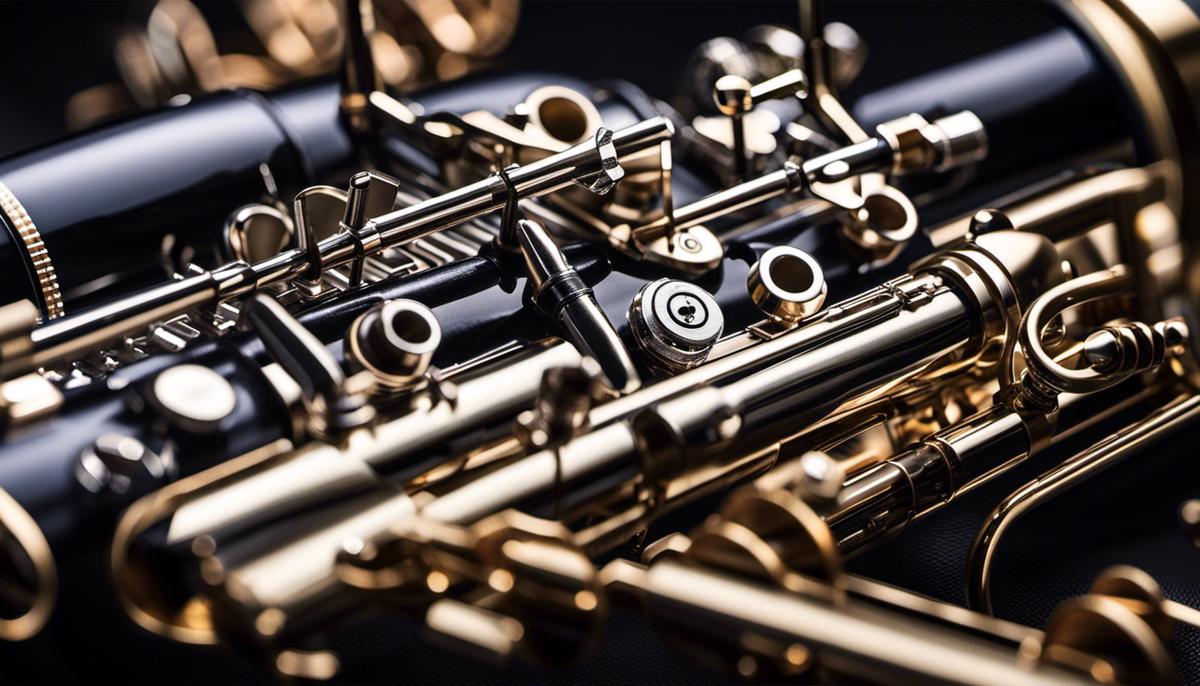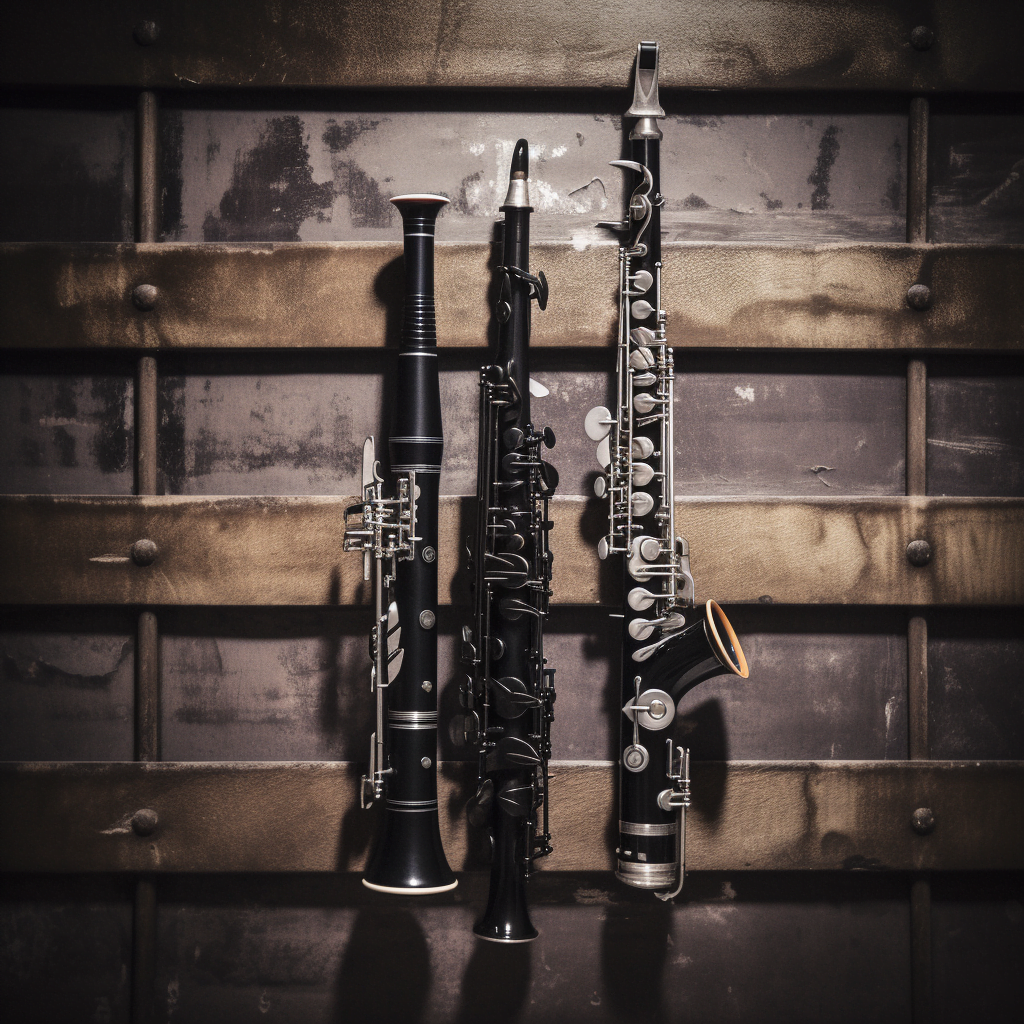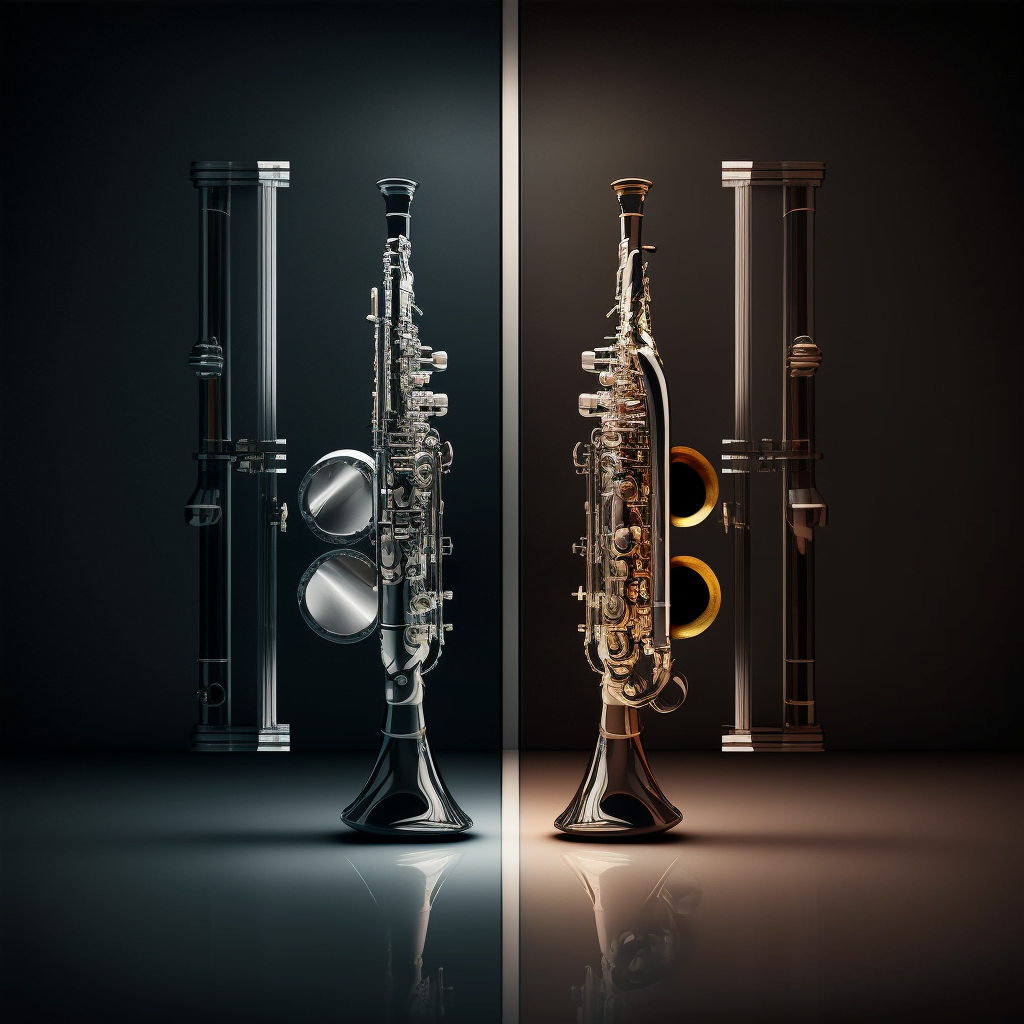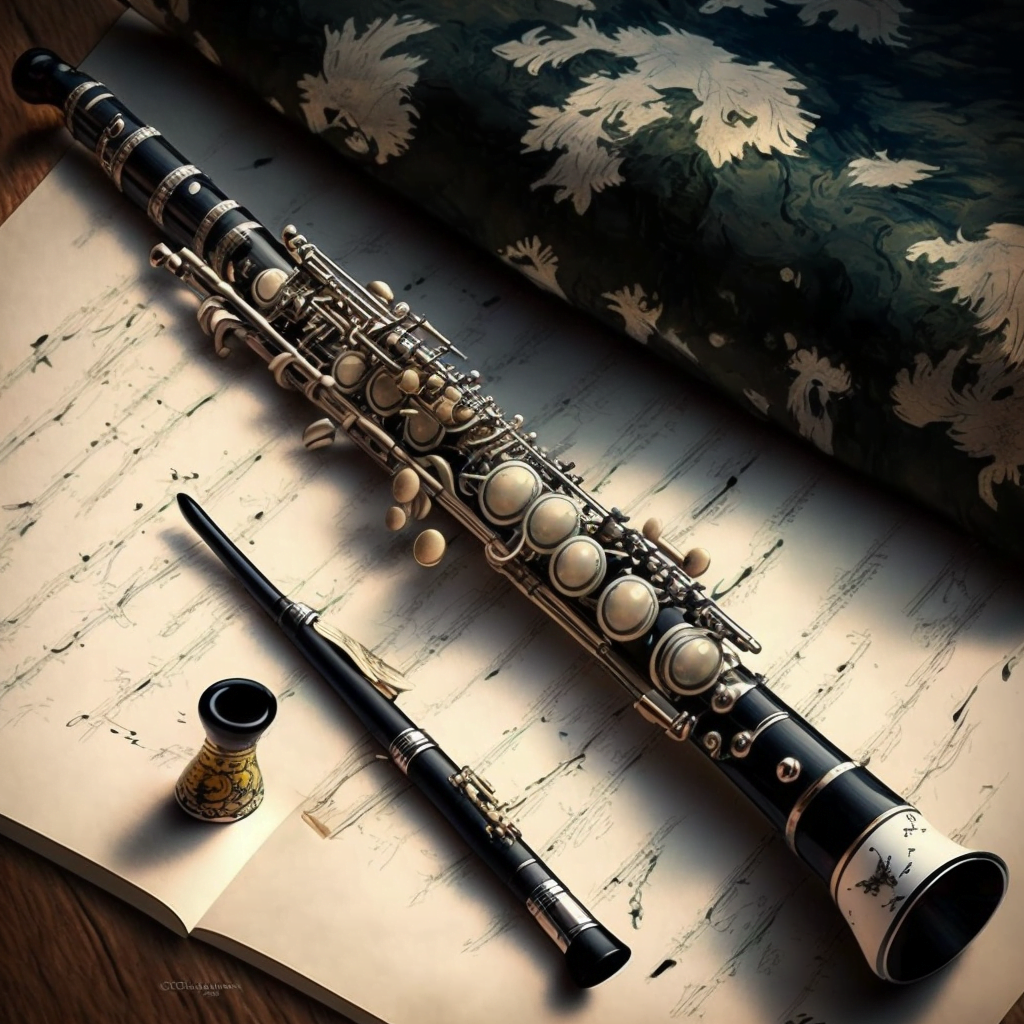Clarinet vs Saxophone: A Detailed Comparison (2023)
Introduction Music, in its infinite variety, offers a plethora of instruments each with characteristics uniquely its own. Among these, the Clarinet and Saxophone often both captivate and confuse enthusiasts, given their considerable similarities and distinguishing differences. This discourse aims to peel back the layers, unpacking the nuances of these two classics in the woodwind family. … Read more



